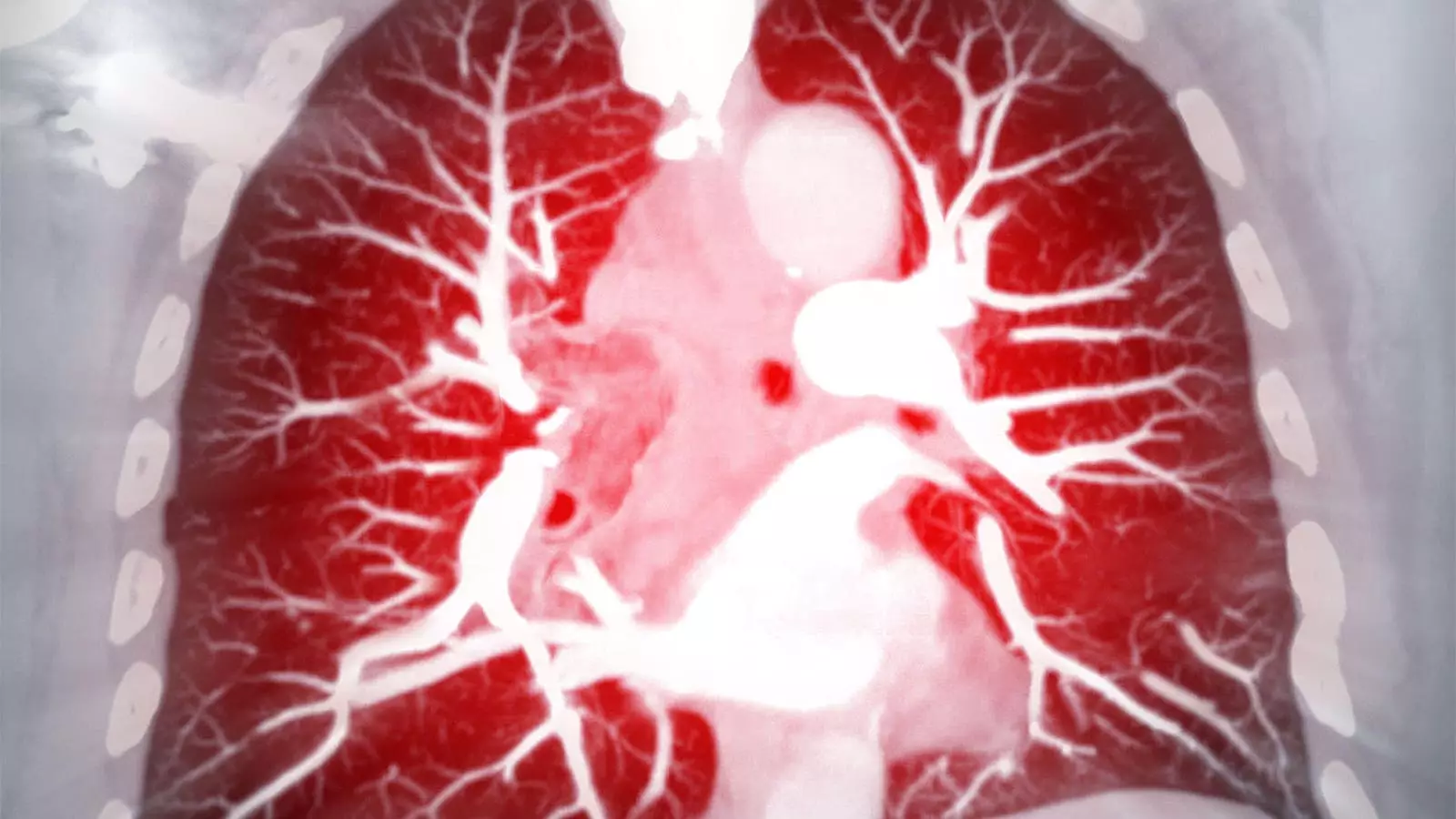Pulmonary arterial hypertension (PAH) presents a significant clinical challenge, characterized by high morbidity and mortality rates. Newly emerged therapies have the potential to alter the management landscape of this debilitating condition. In March 2023, the FDA approved two notable treatments—macitentan/tadalafil (Opsynvi) and sotatercept (Winrevair). This article critically analyzes the subsequent uptake and clinical implications of these therapies, focusing on their distinct trajectories in the therapeutic market.
Since its introduction, sotatercept has garnered considerable attention due to its novel mechanism of action as the first activin-signaling inhibitor approved for PAH. Its swift incorporation into clinical practice can be largely attributed to the positive outcomes reported in the phase II PULSAR trial, which demonstrated significant improvements in exercise capacity and functional class among patients. Dr. Kristin Highland from the Cleveland Clinic pointed out that the reception of sotatercept is exceeding initial projections, largely due to its effectiveness in dire cases of PAH. Cases of dramatic patient improvements—such as a patient successfully removed from the lung transplant list—underscore sotatercept’s potential.
Furthermore, the findings from the ZENITH trial, which revealed a reduction in morbidity and mortality risk when dosed alongside standard PAH therapies, have solidified sotatercept’s position in the treatment hierarchy. While such enthusiastic responses are promising, Highland also emphasized the necessity for diligence concerning unknown long-term side effects and the drug’s efficacy without a traditional prostanoid backdrop.
In contrast, the approval of macitentan/tadalafil as a single-tablet therapy has not evoked the same enthusiasm. Despite the combination offering a streamlined treatment option that potentially reduces medication burden—important for patients typically taking multiple medications to manage PAH—the uptake has been sluggish. Patients and providers face hurdles related to insurance restrictions and the cumbersome prior authorization processes that complicate access to these newer therapies. Although the A DUE trial indicated enhanced efficacy with the combination therapy over monotherapy, the drug’s introduction was more subdued due to these systemic barriers.
Healthcare providers may show reluctance to initiate combination therapy upfront, especially in patients with multiple comorbid conditions. Such hesitance may result in a preference for sequencing therapies rather than combining them, reflecting a cautious approach to what some clinicians perceive as a more complex treatment regimen.
The contrasting trajectories of sotatercept and macitentan/tadalafil not only illuminate the complexities of drug approvals but also highlight the differing perceptions of value within clinical practice. Sotatercept’s rapid uptake symbolizes a paradigm shift wherein previously managed cases can be re-evaluated with fresh therapeutic options that offer tangible improvements in patient outcomes. However, there remains an ongoing need for clarity around potential long-term adverse effects and the optimal patient profile for its use.
In parallel, macitentan/tadalafil’s nuanced path raises critical questions about the viability of combination therapies and the need for comprehensive patient management strategies. While reducing pill burdens is inherently beneficial, the complexities of insurance approval processes and healthcare provider practices present an impediment to widespread adoption.
Emerging data from ongoing trials could significantly influence the treatment landscape for PAH. The HYPERION trial, which investigates the impacts of sotatercept on newly diagnosed intermediate- and high-risk PAH patients, will be pivotal in determining its role in early-stage therapy. Similarly, the CADENCE study, assessing the drug’s impact in post-capillary pulmonary hypertension, could redefine therapeutic approaches should the outcomes prove favorable.
Moreover, the Seventh World Symposium on Pulmonary Hypertension provides a framework advocating for multiple-target approaches in PAH management, thereby positioning sotatercept and macitentan/tadalafil within a broader context of treatment synergy. By honing in on the specific profiles of PAH patients—considering their disease severity, comorbidities, and treatment history—clinicians may optimize therapeutic interventions.
The evolving landscape of PAH therapies presents both excitement and challenges as clinicians grapple with implementing new treatments. Understanding the factors driving sotatercept’s rapid acceptance versus the cautious approach toward macitentan/tadalafil reveals critical insights into the complexities of medical decision-making in chronic conditions. As ongoing research continues to illuminate the advantages of these therapies, a collaborative effort among providers, patients, and regulators will be essential to fully capitalize on their potential benefits and enhance the quality of care for those suffering from PAH.


Leave a Reply